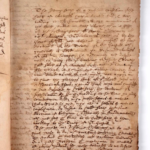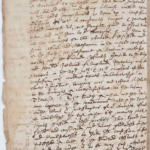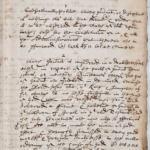Jeff Cooper serves as Director of New England’s Hidden Histories. He received his Ph.D. from the University of Connecticut and taught in the Department of History at Oklahoma State University. He is the author of Tenacious of Their Liberties: The Congregationalists in Colonial America (Oxford, 1999) and has edited, with Kenneth P. Minkema, The Sermon Notebook of Samuel Parris, 1689–1694 (1993), and The Colonial Church Records of the First Church of Reading and the First Church of Rumney Marsh (2006).
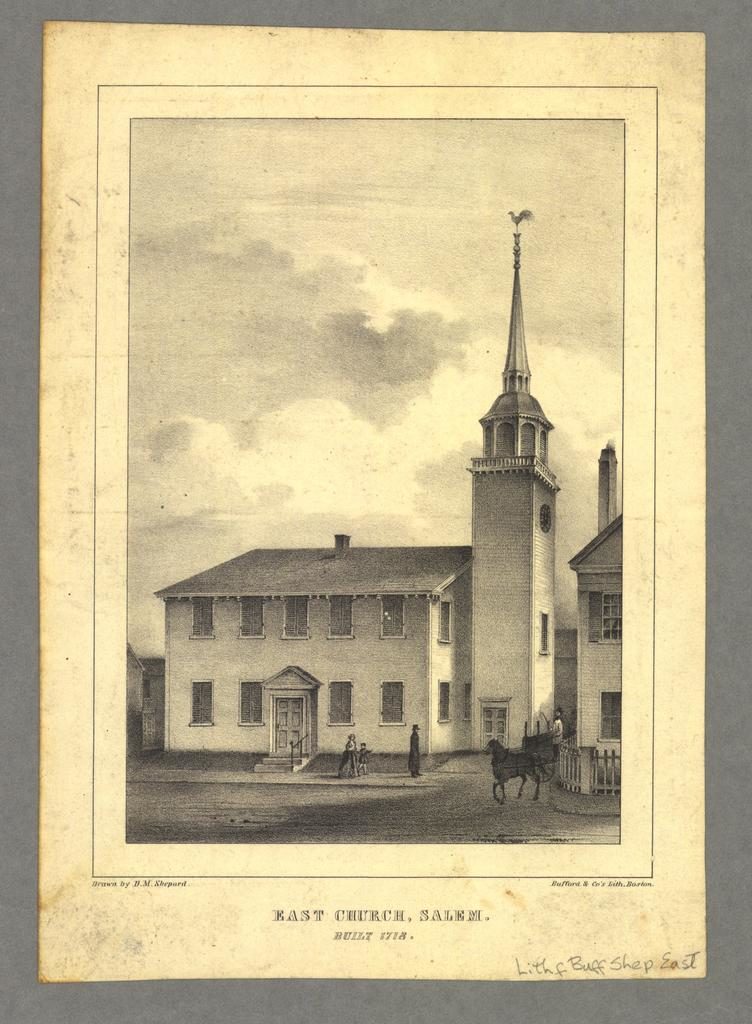
Few documents cast more light on early New England life than seventeenth- and eighteenth-century church records. Local churches stood at the center of community life in New England, and so almost everything that came to pass in the region’s villages eventually passed through the church doors. And ministers took note.
Vast amounts of information on a wide range of social, cultural, political, and religious topics can only be found in the broad range of documents that fall under the category of church records: ministerial diaries, letters, sermons, lay statements of faith and, especially, the leather bound ledgers in which ministers recorded not only birth, death, and membership lists, but the minutes of often rowdy church meetings and disciplinary hearings.
For the past fifteen years, New England’s Hidden Histories (NEHH), a project of the Congregational Library & Archives in Boston, has sought to locate, digitize, transcribe, and publish online New England’s earliest manuscript church records. The project, which was featured on the front page of the New York Times, has already made available documents from nearly one hundred local churches.
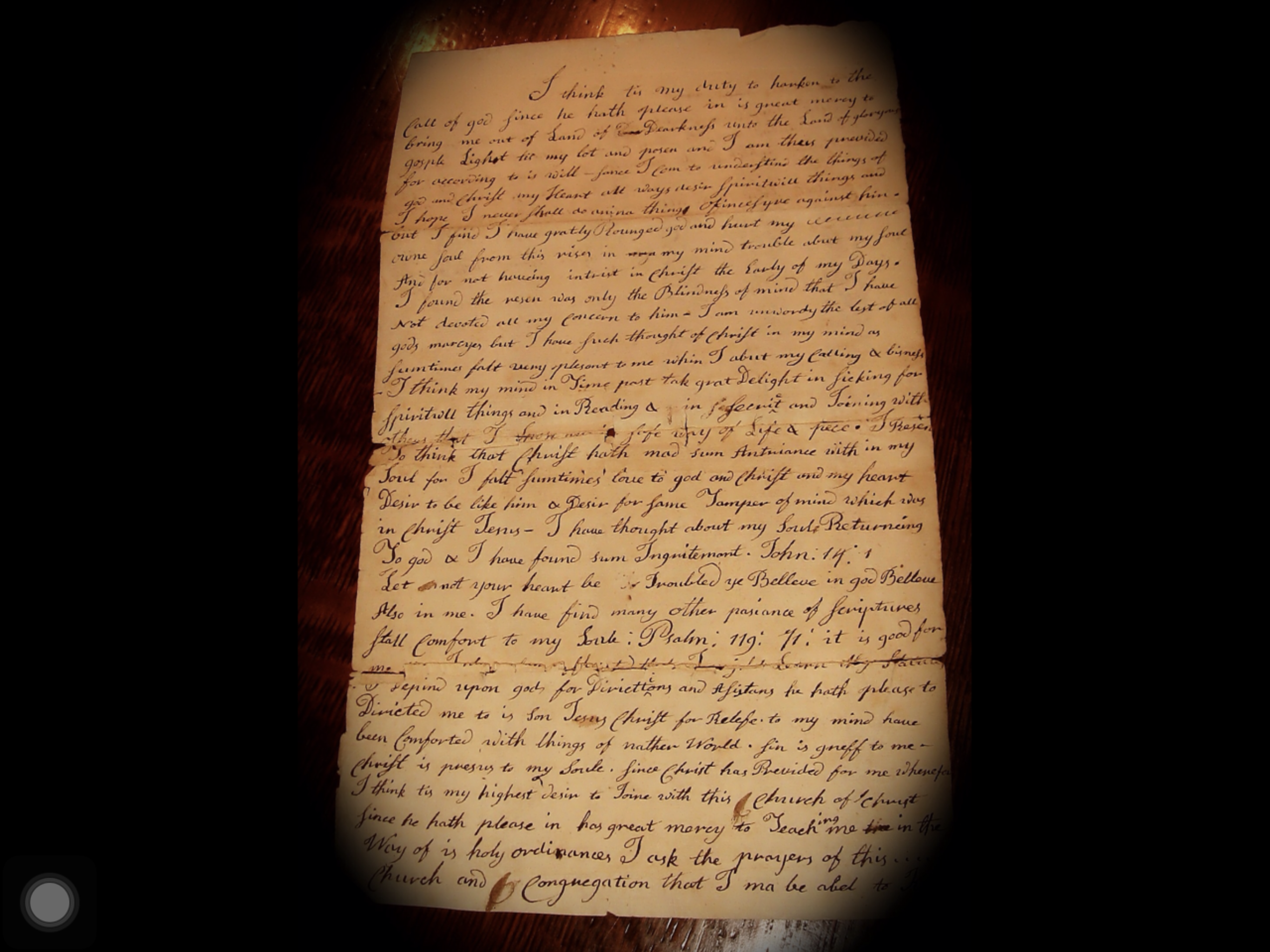
With support from the National Endowment for the Humanities (NEH), the American Antiquarian Society has partnered with Hidden Histories to digitize some of the most exciting and illuminating documents in the AAS’s vast manuscript collections. The current pandemic, which has forced virtually all research institutions in New England to close, underscores the importance of digital initiatives, and the online accessibility provided by these kinds of projects. Already the two institutions have collaboratively digitized and published online an early manuscript draft of Congregationalism’s foundational document, the 1649 Cambridge Platform, along with the church elders’ responses to lay objections to the document. Early New Englanders referred to the Platform as their “constitution” of church government.
Sample pages from “A Platform of Church Discipline” (1648).
The two institutions have also published a fascinating volume of manuscript notes of sermons preached in Cambridge during the Salem witchcraft controversy. Several ministers delivered sermons before audiences that likely included other clergymen, and certainly included future ministers. What did ministers have to say? What did they attempt to convey to their anxious listeners?

The answer, predictably, is complicated. Some chose not to mention the hysteria at all. Some spoke of it elliptically. But some were more blunt. Speaking just two days after five people were hanged, Increase Mather, who would serve as President of Harvard, and was arguably the most famous minister in New England, warned his Cambridge listeners that
“The plague of Egypt is sent among us by letting loose Evil Angells among us.
We may fear what yet God has behind. All which may make us fear.”
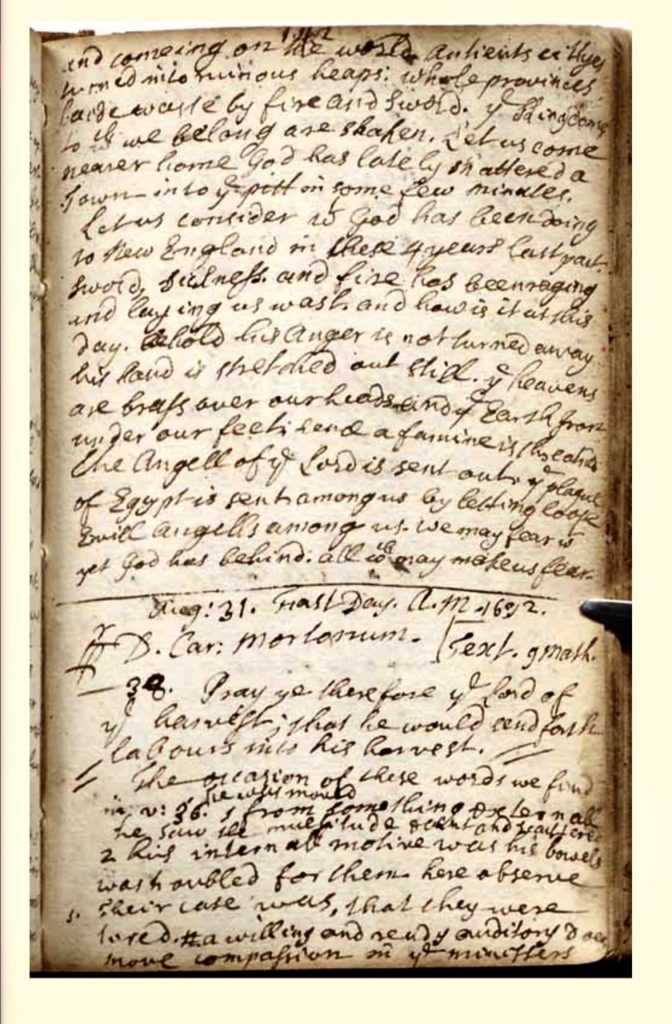
A few weeks later, the eminent pastor Samuel Willard of Boston’s Old South Church pressed for religious reformation, reminding the congregation that “God has been opening the floodgates of his wrath” and has been “Pouring down his fury on us.”
“God has let loose Hell upon us,” Mather agreed, even after the calamity had begun to subside. “Evill’s angels have made Terrible havock among us.” Though the ministers did not speak with one voice, all agreed that New England faced a calamity of unprecedented proportions.
“We are at present under dark providences,” Willard lamented. “It is the most dark and cloudy day that ever was in the wilderness.”
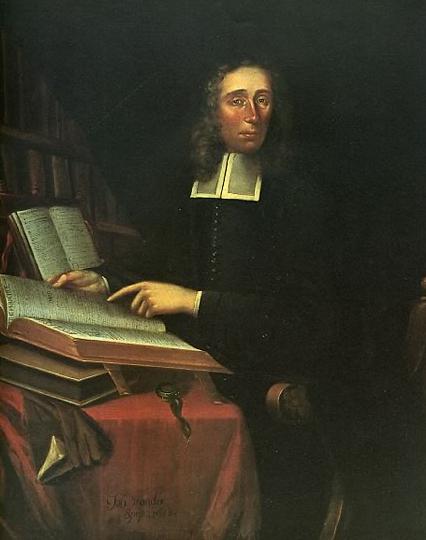
Other significant documents slated for digitization include the papers of the Reverend Thomas Shepard, one of the key members of the founding generation, and the one thousand-page diary of Increase Mather. Collections of local church records scheduled for online publication include those of Worcester, Holden, Shrewsbury, and several others. Hidden Histories has transcribed many of the documents in its collections and is always looking for volunteers to assist.
The thousands of pages of historically significant documents to be published online by the AAS and New England’s Hidden Histories will provide scholars and the general public with an unprecedented opportunity to study seventeenth and eighteenth-century church and community life in the region.
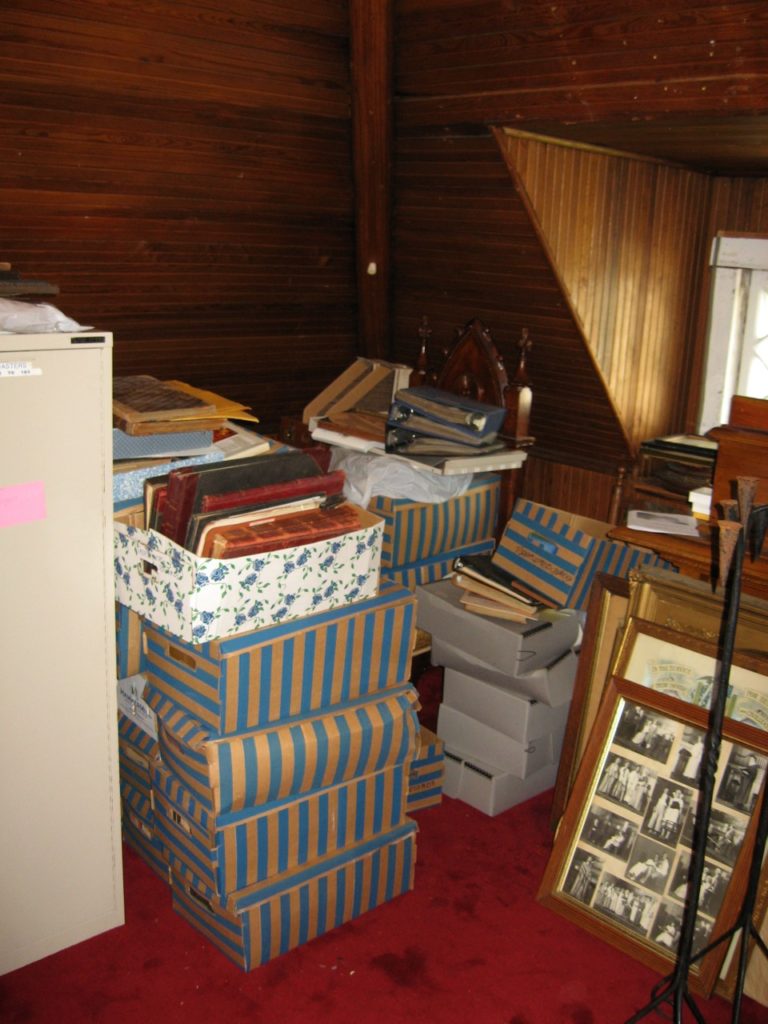 New England’s Hidden Histories may be found at http://congregationallibrary.org/nehh/main.
New England’s Hidden Histories may be found at http://congregationallibrary.org/nehh/main.
In addition to its work with prestigious institutions like AAS, New England’s Hidden Histories has rescued thousands of documents from basements, closets, and attics within New England’s local churches. Many of these documents are in danger of fire, theft, or simply getting lost.
* * *
New England’s Hidden Histories (NEHH) and its Director James Cooper wish to thank Ellen Dunlap, Thomas Knoles, Richard D. Brown, Ashley Cataldo, and Austin Alexander for their help in forging this partnership; the AAS has been instrumental in launching NEHH as a national initiative.


